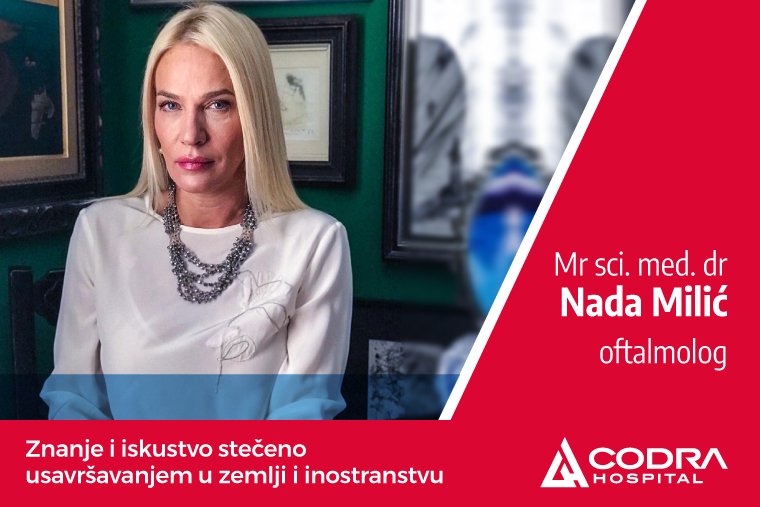Strabismus is a disorder of the position or movement of the eyes in which both eyes do not have the same direction of vision. In healthy eyes, both eyes stand straight looking at the same point, and the movement movements are coordinated. This deviation of eye position and binocular vision actually represents a motor and sensory anomaly. This practically means the impossibility of simultaneously directing both eyes, i.e. lines of sight to the point that is being fixed, and the formation of a unique image.
An essential prerequisite for the normal development of visual function is the parallel position of the eyes. When this is not the case and when deviations appear, i.e. turning of the eye – visual axes, these conditions are called strabismus.
Presbyopia or strabismus is present in about five percent of the children’s population and most often appears before the age of three. This is the most common reason why parents bring their child for an ophthalmological examination. In some cases, strabismus occurs because the movement of one eye in a certain direction is limited. In children, strabismus is usually congenital or develops in early childhood, and it can also occur with mechanical injuries and various neurological and internal diseases. Presbyopia in children is usually easy to see and a quick reaction from diagnosis to treatment is of great importance for the normal development of visual function and the quality of binocular vision.
Astigmatism also occurs in adult patients, but less often, mainly due to neurological, internal and systemic diseases.
Strabismus in children interferes with the healthy development of vision, and that is why it is important to start treatment as early as possible. Treatment of strabismus can be conservative and surgical.
Conservative treatment aims at better visual acuity in both eyes by wearing glasses or patches. Sometimes glasses are enough to correct and cure a child’s strabismus. If conservative treatment is not enough, surgical intervention is used – in children even before the first year of life, if necessary. The goal is to eliminate problems early so that binocular and stereo vision can develop normally.
Strabismus operations in adults, where vision development is complete, are done for cosmetic and socioeconomic reasons (frequent social exclusion). Eliminating strabismus enables the patient to have a better aesthetic appearance and easier social adaptability.
In the Ophthalmology Center of the Codra Hospital, the problem of strabismus is dealt with by Dr. Nada Milić, specialist in ophthalmology, subspecialist in the field of strabismus, one of the leading experts in our area.
She gained knowledge and experience at numerous educations and trainings, both in the country and abroad, at renowned clinics in Geneva, Prague and London. Dr. Nada Milić deals with strabismus surgery in children and adults, as well as treatment of low vision in children.
Read more at: https://www.vijesti.me/lifestyle/ljepota-i-zdravlje/612025/strabizam-razrokost-detekcija-i-lijecenje-promo

